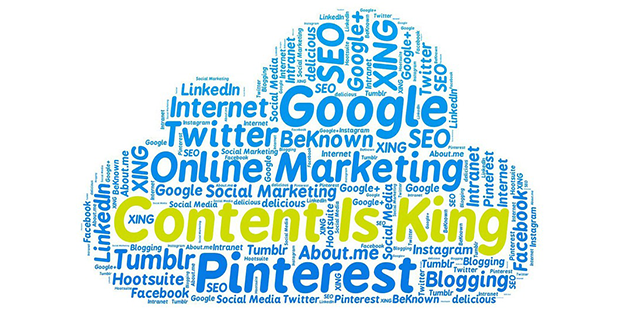When it comes to marketing your small business, you may be tempted to take a cookie-cutter approach. This is especially true if you are worried that your budget doesn’t allow for a custom approach to marketing.
The truth is, however, that every business—no matter how large or how small—has a particular target audience it needs to reach and should tailor its marketing materials to that target audience. Further, some marketing methods clearly work better for some businesses and industries than others.
In his article, Small Business Marketing Tips for 6 Industries, Drew Hendricks explains how small businesses should fine tune their marketing approach based upon their industry. For example, Hendricks gives the following advice for plumbers, electricians, and others in the home services industry:
Search engine authority: Generally speaking, your customers give you a call when something is broken or needs maintenance, so it is critical to rank well in search engine results. Build your authority — and therefore your rankings — with on-site search engine optimization (SEO), authoritative content about your business and services.
Hendricks gives suggestions and advice for other industries, as well. And while the article is not intended to be a comprehensive marketing strategy, it definitely gives small businesses something to think about and offers them a place to start.





